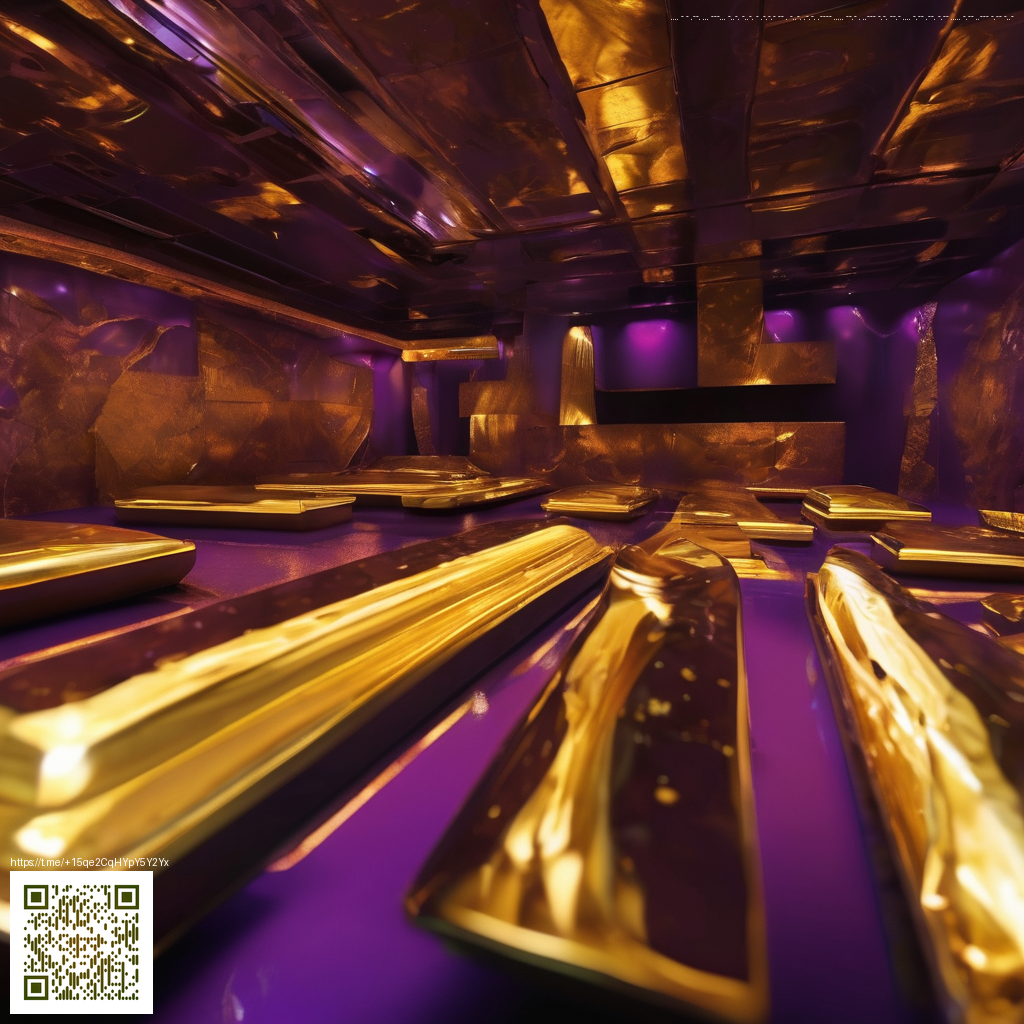
Understanding Realistic Creases in Multi-Layer Paper Design
In the realm of print and product design, layering isn’t just about stacking sheets. It’s about orchestrating how each layer interacts with light, where folds catch shadows, and how subtle edge details communicate depth. Realistic creases can elevate a flat surface into something tactile, inviting the viewer to imagine the texture beneath. This guide unpacks practical approaches to building multi-layer paper designs from base concepts to polished finishes, blending craftsmanship with digital artistry.
To ground these ideas in a tangible context, consider the Custom Desk Mouse Pad 9.3x7.8 in White Cloth Non-Slip—a desk accessory that showcases a clean surface while hinting at layered texture through fabric grain and seam lines. Such material cues demonstrate how apparent layering can read as multiple strata even on a single surface, a principle at the heart of convincing crease design.
Core principles of creases and depth
Realistic creases arise from more than a single fold. They rely on a thoughtful interplay of line weight, shadow direction, and the natural behavior of paper fibers. When you design with multi-layer paper, you’re crafting a sequence of micro-bends that ripple across the surface. The viewer’s eye interprets these micro-gestures as depth, even when the geometry remains flat. This subtle choreography is what makes a design feel tangible rather than merely decorative.
Texture is a map of touch; when you map light and shadow with precision, the surface becomes tactile in the viewer’s imagination.
Techniques for rendering believable folds
Whether you’re working in print, packaging, or digital mockups, there are practical pathways that keep folds honest. Begin with a plan for layers: a base sheet, a secondary layer, and a top layer that carries the crease. Use crisp edge lines to define where folds begin and apply soft, feathered transitions to suggest gradual bending. In digital workflows, simulate the crease with subtle gradient masks that trace a fold’s curve. The objective is a believable hierarchy: deepest creases anchor the composition, while lighter creases skim the surface without overpowering it.
- Define a consistent base texture for the background layer, then introduce variation along the fold region.
- Render the crease as a narrow, slightly darker line that tapers toward the fold’s center.
- Apply a directional shadow to convey depth, followed by a highlight along the outer edge to imply curvature.
- Fine-tune saturation and brightness so the crease reads as an intentional feature rather than a painterly stroke.
In practice, most projects benefit from multiple passes: a rough pass to establish fold geometry, a mid-pass to refine shadows, and a final pass to balance color and texture. Small details—such as fibrous texture at the fold or a hint of reflection on a glossy area—can push the illusion from plausible to convincing. The result is not merely a trick of optics but an invitation to feel the surface with the imagination.
These ideas translate across disciplines. In product packaging, a layered approach can guide the viewer through a sequence of panels, each with its own crease rhythm, building a cohesive narrative. When you translate this concept to physical objects, a desk accessory or print specimen can showcase layered depth in a compact, accessible form. For a concrete reference and visuals, you can explore a case study linked here, which demonstrates how these principles play out in real-world contexts.
Practical tips for designers
Whether you sketch by hand or render in 3D, these tips help keep creases honest and engaging:
- Begin with a neutral base and progressively introduce hue and brightness variation along the fold line.
- Refer to photos of paper in different states of bend to inform shadow and highlight choices.
- Consider lighting direction—when lighting is from the top-left, folds should cast shadows toward the bottom-right.
- Test at real-world scale to verify crease behavior across contexts and outputs.
When layers align and light travels across the surface with intention, even a simple sheet tells a larger story. The resulting design is not merely a clever illusion; it’s a tactile invitation that works across stationery, packaging, and desk accessories alike.